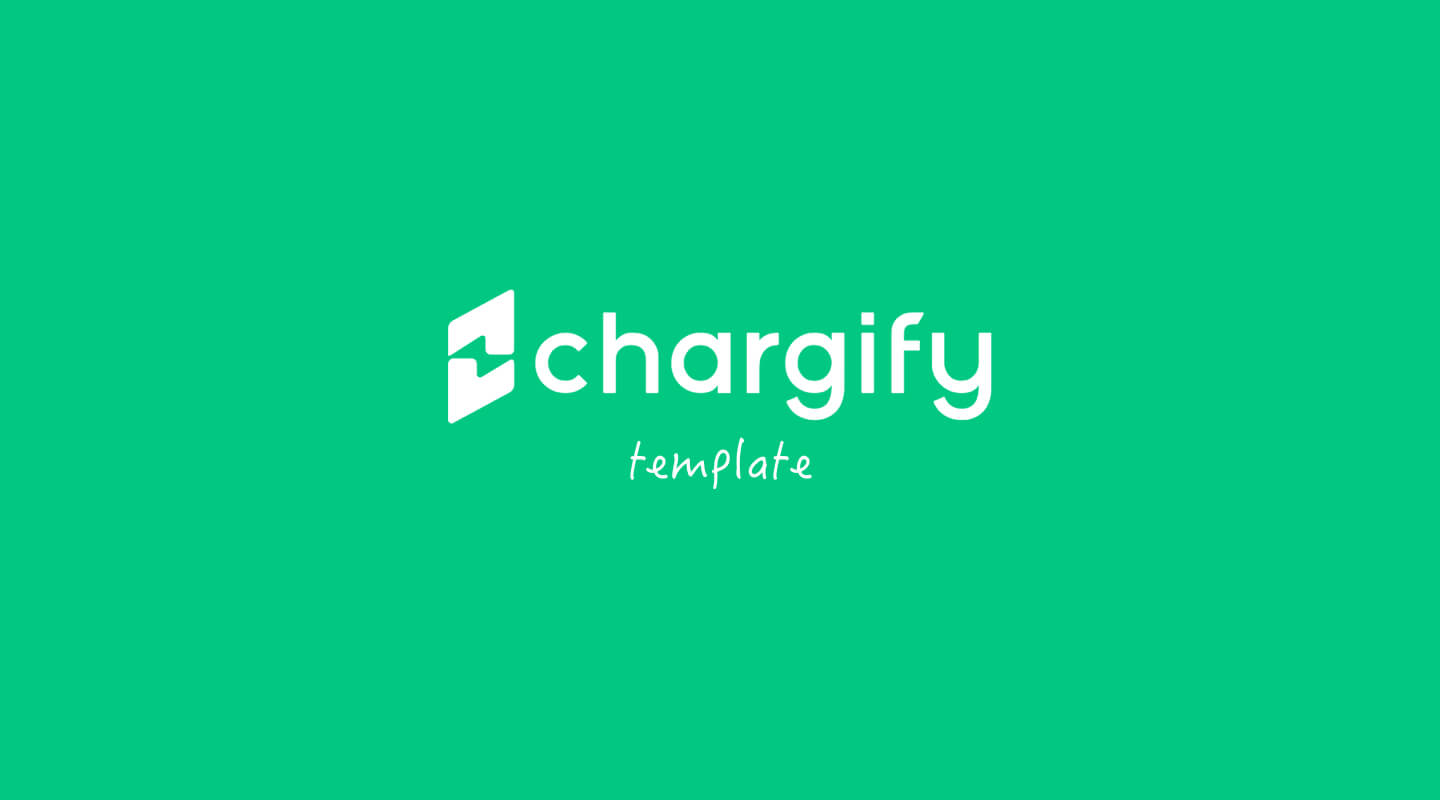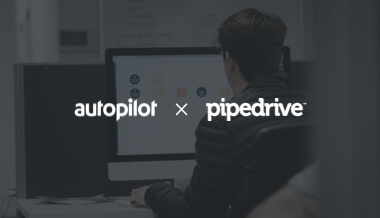March 20, 2019
Chargify and Autopilot Case Study
Based in San Antonio, Chargify is a globally-recognized name in the recurring billing and subscription management space. Since its founding in 2009, Chargify has supported almost every kind of organization that needs to manage recurring billing. And with extensive experience building custom solutions for thousands of B2B SaaS customers, Chargify has allowed businesses to manage billions of dollars in subscription revenue each year — a task that’s much easier said than done.
A billing solution that grows with your business
Businesses that sell products through subscriptions are required to manage more than just product prices. These businesses must also consider providing customers with detailed plans, flexible solutions, and tools to look over each customer’s account in detail.
Most billing services provide only the basics — but not Chargify. Instead, Chargify’s billing solution supports millions of complex billing scenarios and not-so-straightforward pricing structures. According to Mia Chaszeyka, Chargify’s Automation & Martech Specialist: “Our solution supports businesses of any size — small, medium, and large. We found that most small businesses build their own billing solutions in-house or they sign up with another company offering basic billing services. When these businesses grow in scale, they find that that solution is not scalable; it requires custom code to make changes and dedicated resources to maintain it. It gets expensive over time. And that’s when they come to us for help.”
Chargify provides these businesses with the ability to make changes to their current solution quickly, giving them the flexibility to customize processes and optimize results over time. Mia adds: “The market changes all the time, and so do growing businesses. Billing software must also adapt to reflect those, not remain static. Our main goal at Chargify is to get businesses to think of billing as a growth lever, not a pain point or bottleneck that hinders growth.”
How Chargify uses Autopilot
Managing thousands of customers isn’t easy — and when you throw in many flexible billing plans and an in-house team of 70 employees, it can be a challenge ensuring everything, both externally and internally, is in order.
Mia believes that Autopilot has been instrumental in ensuring that everything runs like clockwork. Chargify has taken full advantage of Autopilot integrations such as Forms to capture website leads and Salesforce to assign these leads to sales. Mia adds: “Marketing works very closely with the sales team and Autopilot allows us to really take full advantage of it.”
Indeed, Autopilot has provided an environment for Chargify’s marketing and sales teams to work together, removing the dreaded organizational silo effect. In particular, Autopilot’s Annotate and Collaborate feature has helped facilitate communications between sales and marketing. “Annotate and Collaborate has made collaboration more interesting,” says Mia. “I like how you can add comments to the canvas and explain to others what you’re trying to do in the journey. Annotate and Collaborate also allows me to leave little notes for myself — this is very useful when I’m sitting on 30 crucial details and I need to return to them later.”
Perhaps the most important function Chargify uses Autopilot for is lead management. At Chargify, leads that are received via marketing forms enter a lead nurturing journey. These leads undergo a customer nurturing process whereby they receive a series of informative content, educating them on Chargify’s billing solution; these leads are then scored and graded.
Lead scoring versus lead grading
In the world of marketing automation, lead scoring can sometimes be confused with lead grading. However, these two concepts are very different and Chargify’s customer journey clearly explains how.
Engagement scoring (Engagement Score Waterfall)
An engaged customer is one that is potentially valuable to a company, therefore it makes sense to use engagement as a lead scoring indicator. At Chargify, this process is called engagement scoring and it measures a customer’s willingness to engage and subsequently, purchase. This is done by looking at lead interactions or behaviors with the brand. In Chargify’s case, lead scoring behaviors (called “Engagement Score Activities”) include page visits, email clicks, and form submissions from content downloads and event registrations.
Chargify’s sophisticated lead scoring model (known as the Engagement Score Waterfall) also takes into account an estimated duration of time that, if a lead does not engage with marketing in a way that increments their lead score, then the score value will decrease over such time. The system also has a “decay and reset system”; decaying a lead also helps Chargify segment leads based on where they are in the demand waterfall, allowing the marketing team to deliver the right message to the right lead at the right time.
When a lead reaches a certain Engagement Score, they are given an Engagement Grade.
Profile Fit Scoring (Profile Fit Score Waterfall)
In contrast, lead grading allows companies to determine whether or not the lead is a suitable fit for the product. At Chargify, the marketing team measures the demographic qualities of each lead to determine the fit; the leads are then given a Profile Fit Score. By comparing each lead’s demographic data against their ideal lead’s profile, Chargify’s marketing team has been able to determine whether or not each lead is a good fit. Chargify obtains the following demographic data via forms filled out by these leads:
- Estimated MRR
- Annual revenue
- Job function
- Business type
When a lead reaches a certain Profile Fit Score, they are given a Profile Fit Grade.
MQL routing
Chargify uses both Engagement Grades and Profit Fit Grades to assess leads. When a lead reaches certain Engagement Grades and Profile Fit Grades (or a combination of the two grades), they are considered to be highly engaged leads with MQL status. These leads are then sent via the MQL routing system to the sales team using Autopilot’s Slack and Salesforce integrations.
The customer journey
Chargify’s sophisticated customer journey puts everything together, using the following customer journey template that Mia designed:
The goal of this journey has enabled Chargify’s marketing team to qualify and nurture leads to ensure that viable prospects are provided to the sales team. Rather than sending every lead to sales, Chargify’s marketing team only focuses on sending qualified leads which enables the sales team to prioritize their efforts and increase their ability to convert leads to opportunities. As a result, Chargify has maintained an excellent MQL-to-SAL ratio of 70% and seen its leads-to-opportunities ratio triple.
“I have been amazed by what we’ve been able to achieve with Autopilot,” says Mia. “Usually a system only allows you to do what it provides; it doesn’t allow you to be creative. Meanwhile, Autopilot has enabled Chargify to find creative ways and solutions to achieve our marketing goals. I’m very excited about the opportunity for other businesses to take a look at this journey as I believe it would be helpful for many teams out there.”













